Home>Garden Essentials>How Deep Do You Plant Lavender Seeds
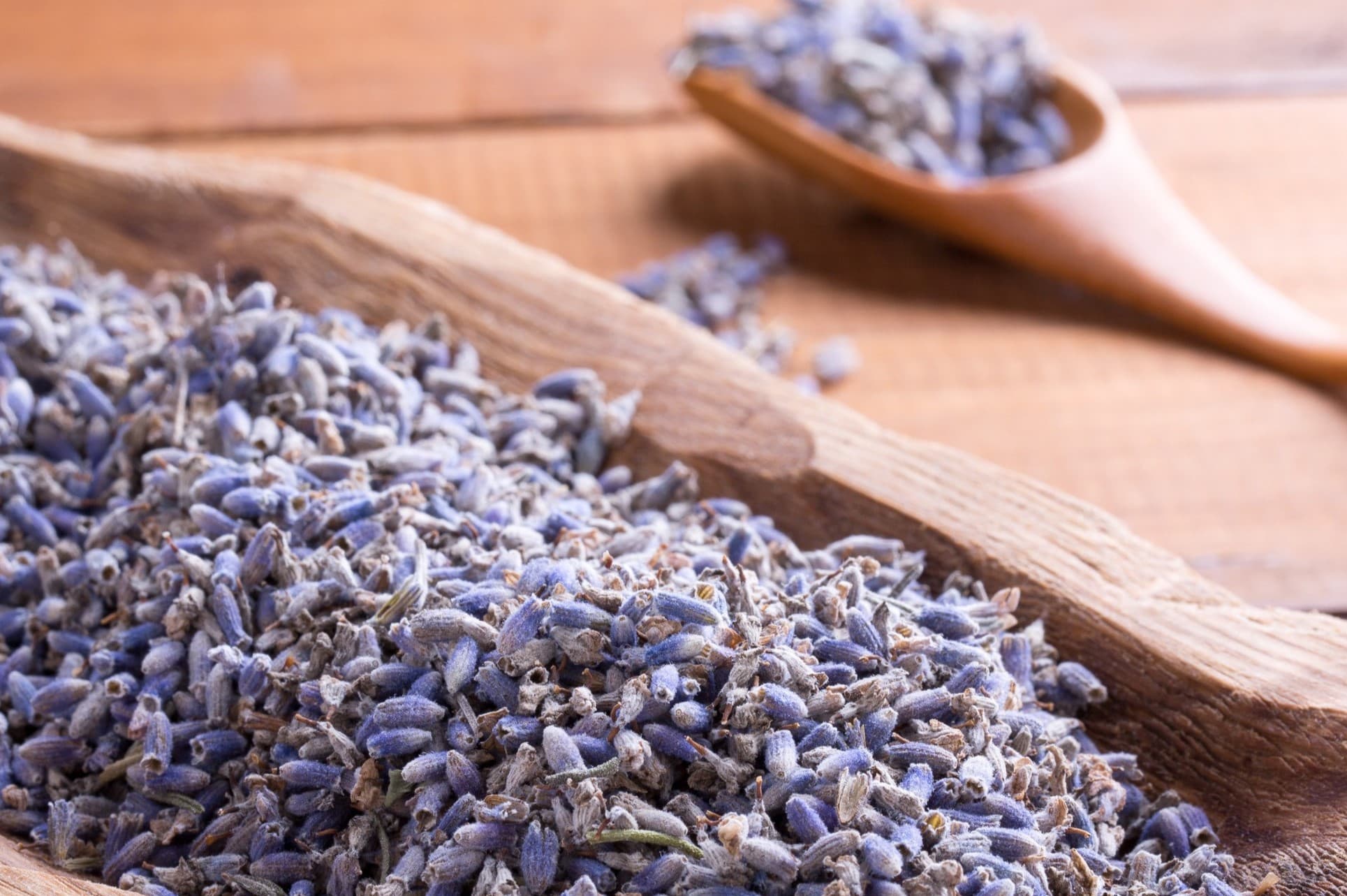

Garden Essentials
How Deep Do You Plant Lavender Seeds
Modified: May 6, 2024
Discover the optimal planting depth for lavender seeds in your garden. Learn how to successfully grow lavender with our expert gardening tips.
(Many of the links in this article redirect to a specific reviewed product. Your purchase of these products through affiliate links helps to generate commission for Storables.com, at no extra cost. Learn more)
Introduction
Welcome to the world of gardening, where you can create your own oasis of beauty and tranquility. One particular plant that has gained immense popularity among garden enthusiasts is lavender. With its delicate blooms and soothing fragrance, lavender adds a touch of elegance and charm to any garden.
If you’re considering starting your own lavender garden, it’s important to understand the proper techniques for planting lavender seeds. One crucial aspect to consider is the planting depth for lavender seeds. Getting the planting depth right can significantly impact the success of your lavender seed germination and overall plant health.
In this article, we will delve into the factors to consider before planting lavender seeds, the ideal planting depth for lavender seeds, the impact of planting depth on lavender seed germination, how to determine the correct planting depth, and tips to ensure successful lavender seed planting. So, let’s dig deep and uncover the secrets to successfully planting lavender seeds!
Key Takeaways:
- Plant lavender seeds shallowly, about 1/8 to 1/4 inch deep, to help them absorb moisture and emerge easily. This depth promotes successful germination and healthy growth.
- Consider factors like seed size, soil composition, and climate when determining planting depth. Avoid common mistakes like overwatering and planting too deep for thriving lavender plants.
Read more: When Do You Plant Lavender Seeds
Factors to Consider Before Planting Lavender Seeds
Before you dive into planting lavender seeds, it’s important to consider a few factors that can greatly influence the success of your lavender plants. By taking these factors into account, you can create the ideal conditions for your lavender seeds to thrive.
1. Climate: Lavender is known for its love of sunny and dry climates. It thrives in areas with mild winters and hot, dry summers. Before planting lavender seeds, ensure that your location provides the right climate conditions for lavender to flourish.
2. Soil Type: Lavender prefers well-draining soil with a pH level between 6.5 and 7.5. Heavy clay or waterlogged soil can lead to root rot and other soil-borne diseases. If your soil is less than ideal, consider amending it with sand or organic matter to improve drainage.
3. Sun Exposure: Lavender is a sun-loving plant and requires at least 6-8 hours of direct sunlight daily. Make sure you choose a planting location that receives ample sunlight throughout the day to promote healthy growth and abundant blooms.
4. Air Circulation: Lavender plants appreciate good air circulation to prevent the buildup of moisture and reduce the risk of fungal diseases. Avoid planting lavender seeds in areas with dense foliage or low air movement. Instead, opt for an open, well-ventilated spot in your garden.
5. Watering: Lavender is a drought-tolerant plant that dislikes excessive moisture. Overwatering can lead to root rot and other water-related issues. Before planting lavender seeds, make sure you have a watering plan in place that promotes moderate watering and allows the soil to dry out between waterings.
6. Frost Protection: While lavender is generally hardy, some varieties may be susceptible to frost damage. If you live in an area with cold winters, consider planting frost-resistant lavender cultivars or provide protection during extreme cold spells to ensure your plants survive.
By considering these essential factors, you can create the optimal growing conditions for your lavender seeds and set the stage for successful lavender cultivation.
Ideal Planting Depth for Lavender Seeds
The planting depth for lavender seeds plays a crucial role in the germination and establishment of the plants. Lavender seeds are small and require specific planting depths to ensure proper moisture absorption and seedling emergence.
The ideal planting depth for lavender seeds is shallow, ranging from 1/8 to 1/4 inch (3-6 mm). Planting lavender seeds too deep can hinder their ability to germinate and emerge from the soil. On the other hand, planting them too shallow may expose the seeds to excessive heat and dryness.
By planting lavender seeds at the recommended depth, you allow them to have sufficient access to moisture while still being protected from harsh environmental conditions. The shallow planting depth also allows the emerging seedlings to reach sunlight more easily, encouraging healthy growth.
If you’re unsure about the correct depth, a general rule of thumb is to plant lavender seeds at a depth of two to three times their diameter. Keep in mind that lavender seeds are tiny, so careful handling is necessary to distribute them evenly across the planting area.
It’s important to note that lavender is a slow germinating plant, and it may take two to four weeks for the seedlings to emerge. Maintaining consistent moisture levels during this period is essential for successful germination.
Additionally, consider using a well-draining seed starting mix or a blend of vermiculite and perlite to ensure adequate moisture retention without risking waterlogged soil that can lead to root rot.
Remember, planting lavender seeds at the proper depth is a key factor in ensuring successful germination and establishing healthy lavender plants. Take care to follow the recommended planting depth guidelines for the best results.
Impact of Planting Depth on Lavender Seed Germination
The planting depth of lavender seeds directly affects the germination process and the overall success of your lavender plants. Understanding the impact of planting depth is crucial in ensuring optimal seed germination and the healthy establishment of lavender seedlings.
Planting lavender seeds at the correct depth allows them to absorb the necessary moisture from the surrounding soil while still being able to push through to reach the surface. If lavender seeds are planted too deeply, they may struggle to emerge, encountering difficulties in breaking through the soil surface.
On the other hand, if lavender seeds are planted too shallowly, they may be exposed to excessive heat and drying conditions, hampering their ability to germinate and causing them to dry out before sprouting. This can result in poor germination rates and weak seedlings.
By planting lavender seeds at the recommended depth – generally 1/8 to 1/4 inch (3-6 mm) deep – you provide them with the ideal balance of moisture, warmth, and protection. This depth allows for proper moisture absorption while still allowing the seedlings to break through the soil surface and access sunlight for photosynthesis.
Furthermore, the shallow planting depth helps prevent the formation of a hard crust on the soil surface, which can inhibit the emergence of tender lavender seedlings. It also minimizes the risk of the soil becoming compacted around the seeds, which can impede their growth.
Ultimately, the impact of planting depth on lavender seed germination is significant. By planting lavender seeds at the right depth, you provide them with the conditions they need to germinate and establish themselves successfully. This sets the stage for healthy growth, robust plants, and a thriving lavender garden.
Plant lavender seeds no deeper than 1/8 inch in well-draining soil. Keep the soil consistently moist until the seeds germinate, then reduce watering to allow the soil to dry out between waterings.
How to Determine the Correct Planting Depth for Lavender Seeds
Determining the correct planting depth for lavender seeds is crucial to ensure their successful germination and growth. While there are general guidelines, a few factors can help you determine the ideal planting depth for your specific lavender seeds and growing conditions.
1. Seed Size: Lavender seeds are tiny, resembling dust-like particles. Handling them with care is essential. Take note of their size and adjust the planting depth accordingly. As a general rule, plant lavender seeds at a depth of two to three times their diameter, which typically translates to a shallow planting depth of 1/8 to 1/4 inch (3-6 mm).
2. Seed Starting Mix: When starting lavender seeds indoors, use a well-draining seed starting mix or a combination of vermiculite and perlite. The loose and lightweight texture of these mixes facilitates the emergence of delicate seedlings. Plant the seeds slightly deeper in the mix, adhering to the recommended depth guidelines.
3. Soil Composition: Consider the composition of your garden soil. Lavender thrives in well-draining soil, so if your soil is heavy or clay-like, it is crucial to improve drainage before planting. Amend the soil with organic matter or sand to create a looser structure that allows for better water movement. Adjust the planting depth considering this improved soil composition.
4. Climate and Watering Practices: Take into account your climate and watering practices. Lavender prefers dryer conditions and can suffer from root rot if the soil is excessively wet. If you live in a region with heavy rainfall or high humidity, consider planting lavender seeds slightly higher to avoid the risk of waterlogged soil. Adjust the planting depth based on your watering practices as well, ensuring that the seeds receive adequate moisture without being overly saturated.
5. Local Recommendations: Research and consult local gardening resources or experts in your area for specific planting depth recommendations. Local knowledge can take into account regional climate variations and provide valuable insights into the best practices for planting lavender seeds.
By considering these factors and taking into account the specific needs of your lavender seeds and growing conditions, you can determine the correct planting depth. Remember, finding the right balance between moisture absorption and seedling emergence is key to ensure successful germination and the healthy growth of your lavender plants.
Read more: How Deep Do You Plant Radish Seeds
Tips for Planting Lavender Seeds at the Right Depth
Planting lavender seeds at the correct depth is essential for successful germination and the establishment of healthy lavender plants. Follow these tips to help you plant your lavender seeds at the right depth and set them up for optimal growth:
1. Prepare the Soil: Before planting, prepare the soil by removing any weeds and loosening it with a garden fork or tiller. Amend the soil with compost or well-rotted organic matter to improve its fertility and drainage.
2. Determine the Planting Depth: Consider the size of your lavender seeds and adhere to the recommended planting depth guidelines of 1/8 to 1/4 inch (3-6 mm). Planting lavender seeds at the correct depth allows for proper moisture absorption while still enabling the seedlings to emerge from the soil.
3. Create Even Spacing: Lavender plants require adequate spacing to encourage airflow and prevent overcrowding. Plant seeds at a uniform distance from each other to provide ample room for the seedlings to grow and develop without competing for resources.
4. Water Gently: After planting lavender seeds, water the soil gently to ensure proper soil-to-seed contact. Avoid using a strong spray or heavy watering, as this can displace the seeds or bury them too deeply.
5. Label the Planting Area: To avoid confusion in the garden, label the planting area where you have sown lavender seeds. This will help you keep track of the seeds and their progress as they germinate and grow.
6. Maintain Moisture Levels: During the germination period, it’s important to keep the soil consistently moist, but not overly saturated. Monitor the moisture levels regularly and water as needed to prevent drying out or waterlogging.
7. Provide Adequate Sunlight: Lavender is a sun-loving plant, so ensure that the planting area receives at least 6-8 hours of direct sunlight daily. Place the seeds in an area with proper sun exposure to promote healthy growth.
8. Protect from Extreme Weather: If you’re planting lavender seeds outdoors and expect extreme weather conditions, such as heavy rain or frost, consider providing temporary protection, such as a cloche or row cover, to shield the seeds and emerging seedlings.
By following these tips, you can ensure that your lavender seeds are planted at the right depth, setting them up for successful germination and the development of strong, vibrant lavender plants in your garden.
Common Mistakes to Avoid When Planting Lavender Seeds
Planting lavender seeds can be an exciting venture, but it’s important to be aware of common mistakes that can hinder successful germination and growth. By avoiding these mistakes, you can increase your chances of cultivating healthy and thriving lavender plants.
1. Planting Too Deep: Planting lavender seeds too deeply is a common mistake. It can impede seed germination and make it challenging for the seedlings to emerge from the soil. Always adhere to the recommended planting depth of 1/8 to 1/4 inch (3-6 mm).
2. Overwatering: Lavender is a drought-tolerant plant and dislikes excessive moisture. Overwatering can lead to root rot and other water-related issues. Avoid the temptation to water lavender seeds excessively. Instead, water them lightly and allow the soil to dry out between waterings.
3. Poor Soil Drainage: Lavender thrives in well-draining soil. Planting lavender seeds in heavy or poorly drained soil can cause root rot and hinder the growth of the plants. Improve soil drainage by incorporating organic matter or sand into the soil prior to planting.
4. Planting in Shade: Lavender is a sun-loving plant. Planting lavender seeds in areas with insufficient sunlight can result in weak and leggy seedlings. Ensure that the planting area receives at least 6-8 hours of direct sunlight daily.
5. Neglecting Seedling Care: Once the lavender seeds have germinated and the seedlings have emerged, it’s important to provide proper care. Neglecting to protect the delicate seedlings from extreme weather conditions or failure to provide sufficient water and sunlight can hinder their growth.
6. Planting in Cold Weather: Lavender prefers warm temperatures and is not frost tolerant. Planting lavender seeds too early in the spring, before the danger of frost has passed, can result in seedling death. Wait until the soil has warmed up and frost threats have passed before planting lavender seeds outdoors.
7. Lack of Air Circulation: Proper air circulation is important for lavender to reduce the risk of fungal diseases. Avoid planting lavender seeds in areas with dense foliage or poor air movement. Choose an open and well-ventilated spot in your garden for optimal plant health.
8. Not Researching Preferred Lavender Species: Different lavender species have different growing requirements. Before planting lavender seeds, research and choose the species best suited to your climate, soil type, and intended purpose. This will ensure better adaptation and success in your gardening endeavors.
By being mindful of these common mistakes, you can avoid potential pitfalls and give your lavender seeds the best chance to thrive. With proper care and attention, you’ll soon enjoy the beauty and fragrance of a flourishing lavender garden.
Conclusion
Planting lavender seeds can be a rewarding and fulfilling experience, but it’s important to pay attention to the details, especially when it comes to planting depth. By understanding the factors to consider and following the recommended guidelines, you can set the stage for successful germination and the growth of healthy lavender plants.
Before planting lavender seeds, take into account the climate, soil type, sun exposure, air circulation, watering practices, and frost protection specific to your area. These factors will help create the optimal conditions for your lavender seeds to thrive.
The ideal planting depth for lavender seeds is shallow, typically ranging from 1/8 to 1/4 inch (3-6 mm). This depth allows for proper moisture absorption while still enabling the seedlings to emerge from the soil and access sunlight for photosynthesis.
To determine the correct planting depth, consider the size of the seeds, the composition of the soil, and local recommendations. Adjust the planting depth accordingly to ensure the best chances of successful germination.
When planting lavender seeds, ensure even spacing, water gently, and maintain adequate moisture levels. Provide the seedlings with ample sunlight, protection from extreme weather, and good air circulation to promote their healthy growth.
Avoid common mistakes such as planting too deep, overwatering, poor soil drainage, inadequate sun exposure, neglecting seedling care, planting in cold weather, lack of air circulation, and not researching preferred lavender species.
By taking these precautions and following the proper techniques, you can cultivate a beautiful and aromatic lavender garden that will bring joy and tranquility to your outdoor space.
So go ahead, dig into the world of lavender gardening, and embark on a journey of creating a fragrant oasis that will be admired and enjoyed for years to come.
Ready to take your gardening skills up a notch? After mastering lavender seed planting, why not enhance your outdoor space with creative barrier solutions? Our next article offers vibrant and practical ideas to redefine garden boundaries. Whether you seek privacy, style, or a mix of both, these garden fence ideas are perfect for any enthusiast looking to transform their green space.
Frequently Asked Questions about How Deep Do You Plant Lavender Seeds
Was this page helpful?
At Storables.com, we guarantee accurate and reliable information. Our content, validated by Expert Board Contributors, is crafted following stringent Editorial Policies. We're committed to providing you with well-researched, expert-backed insights for all your informational needs.
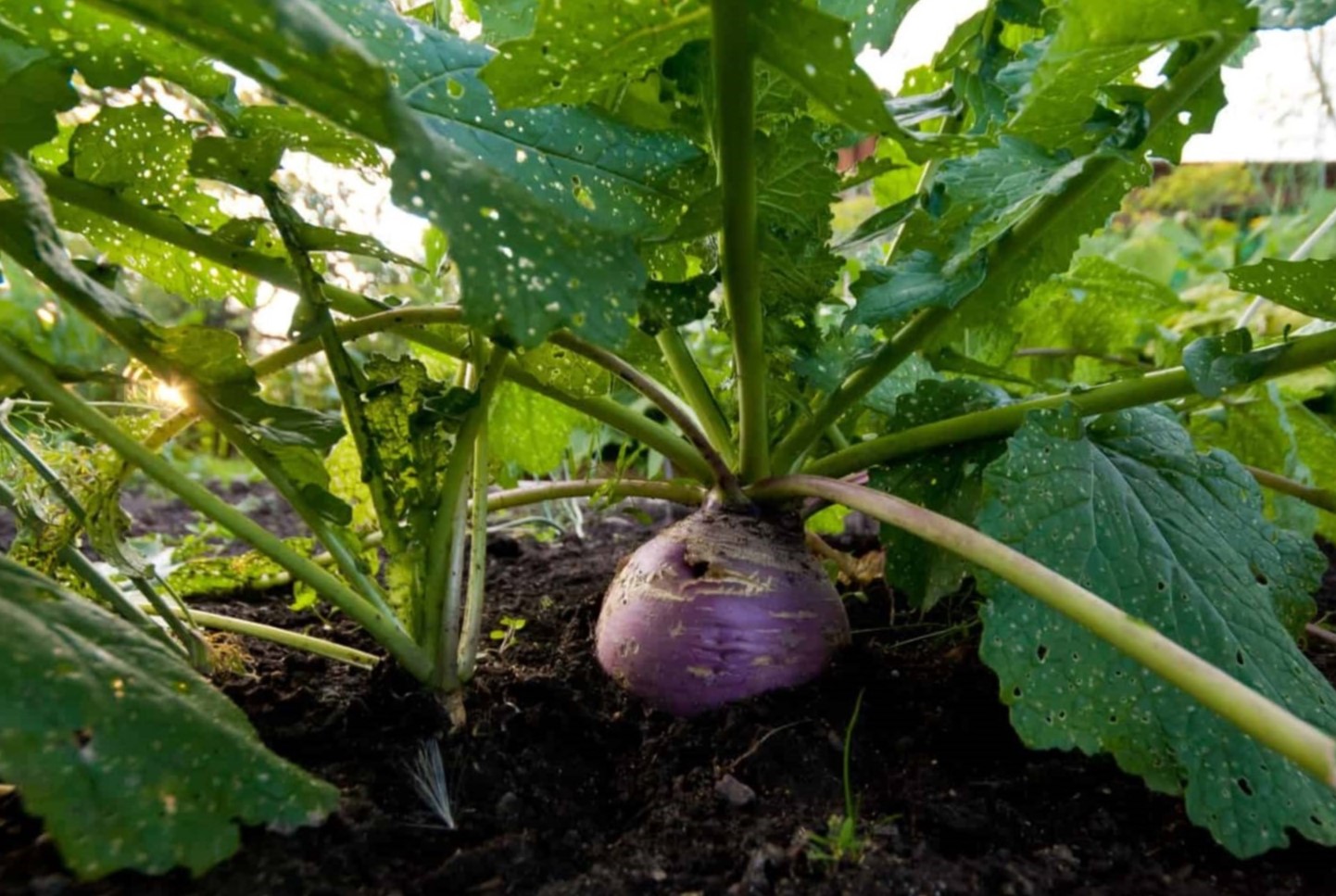
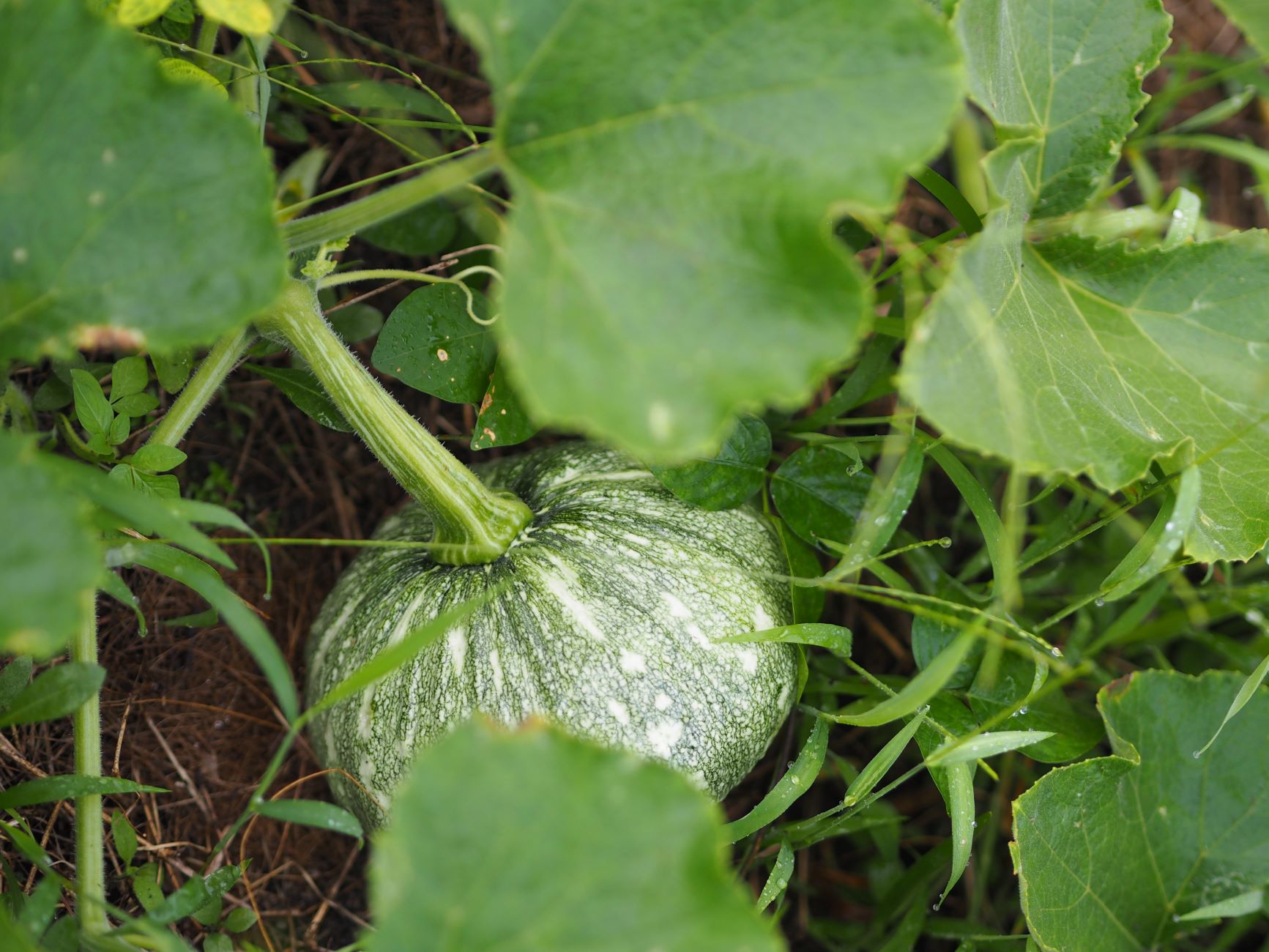
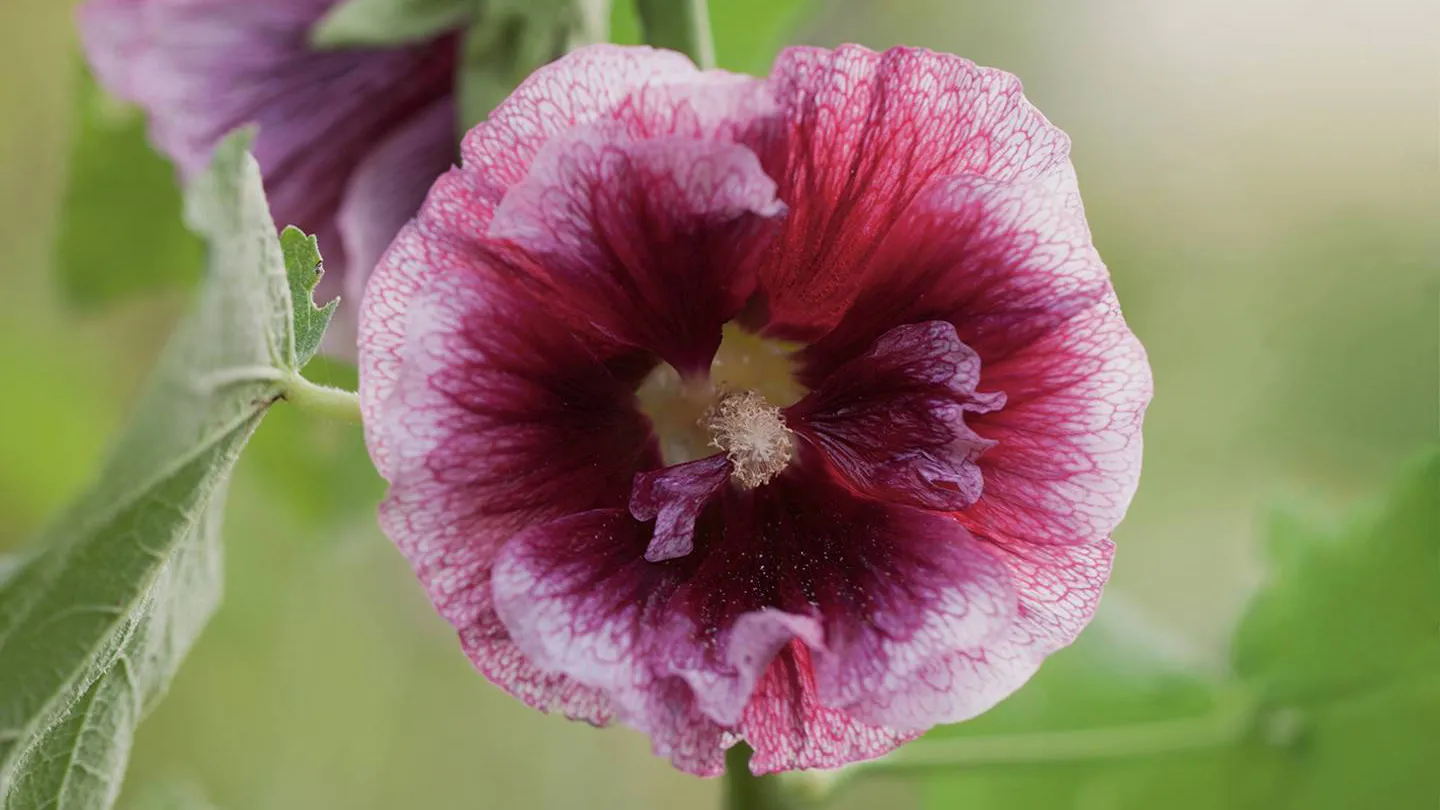
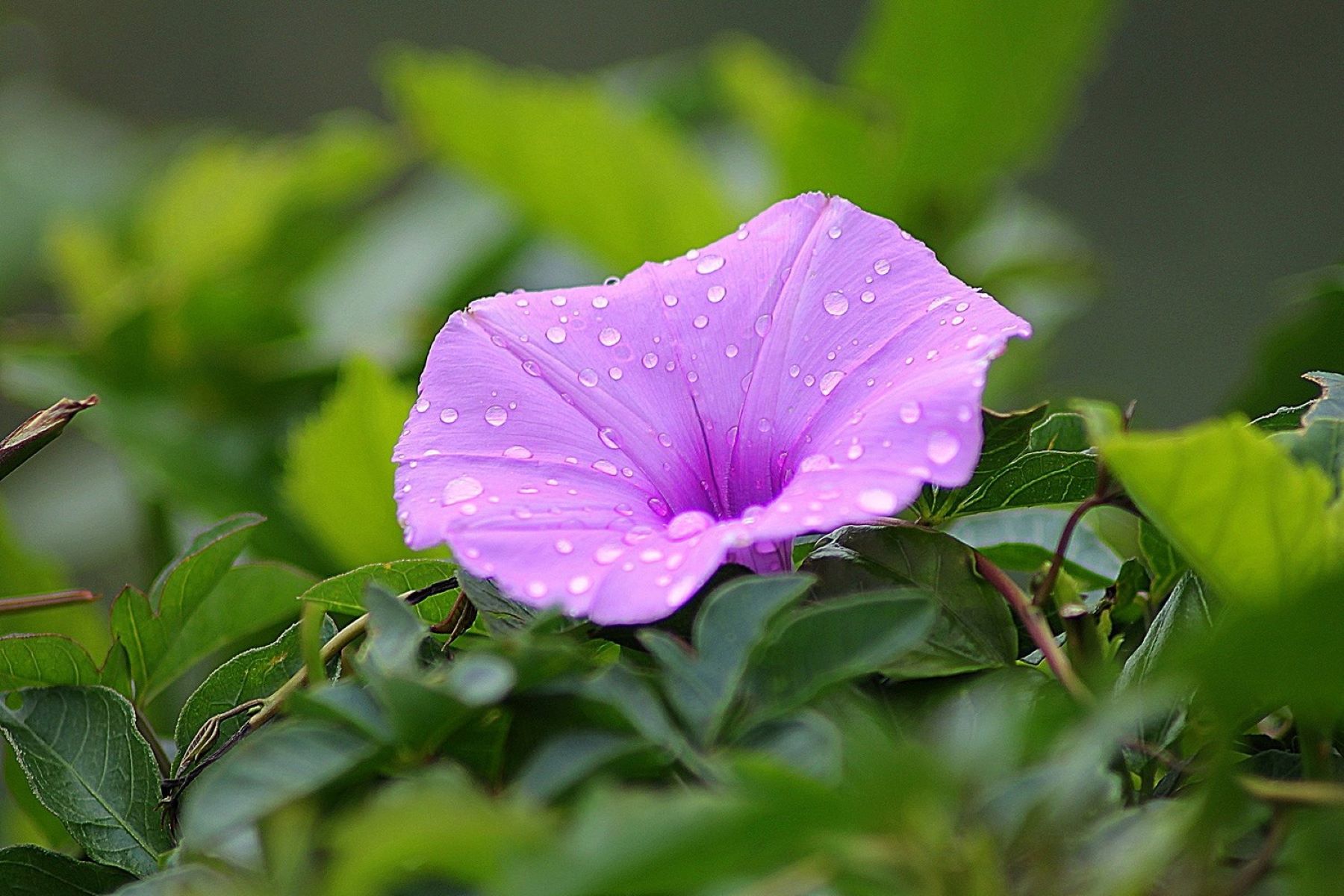
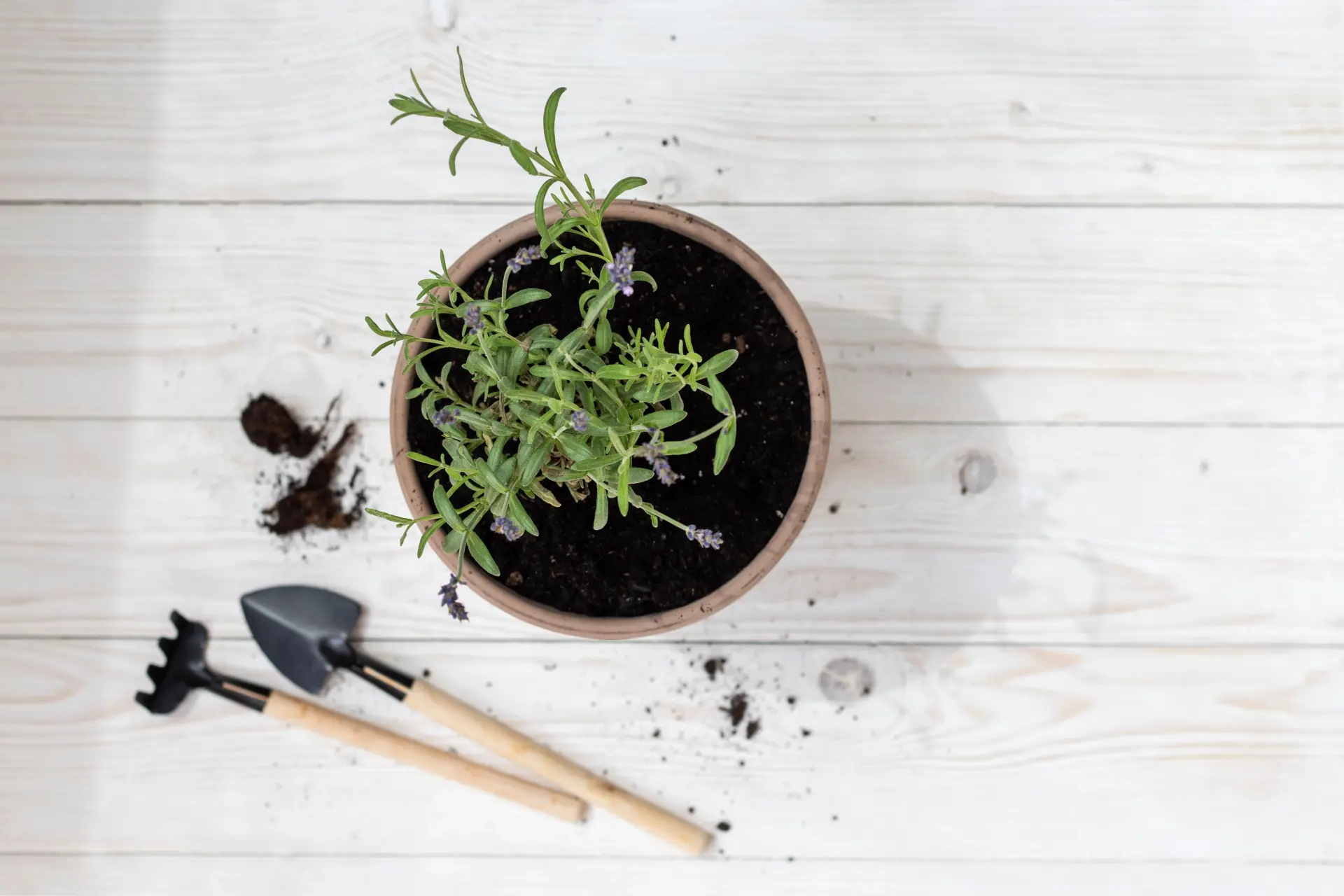
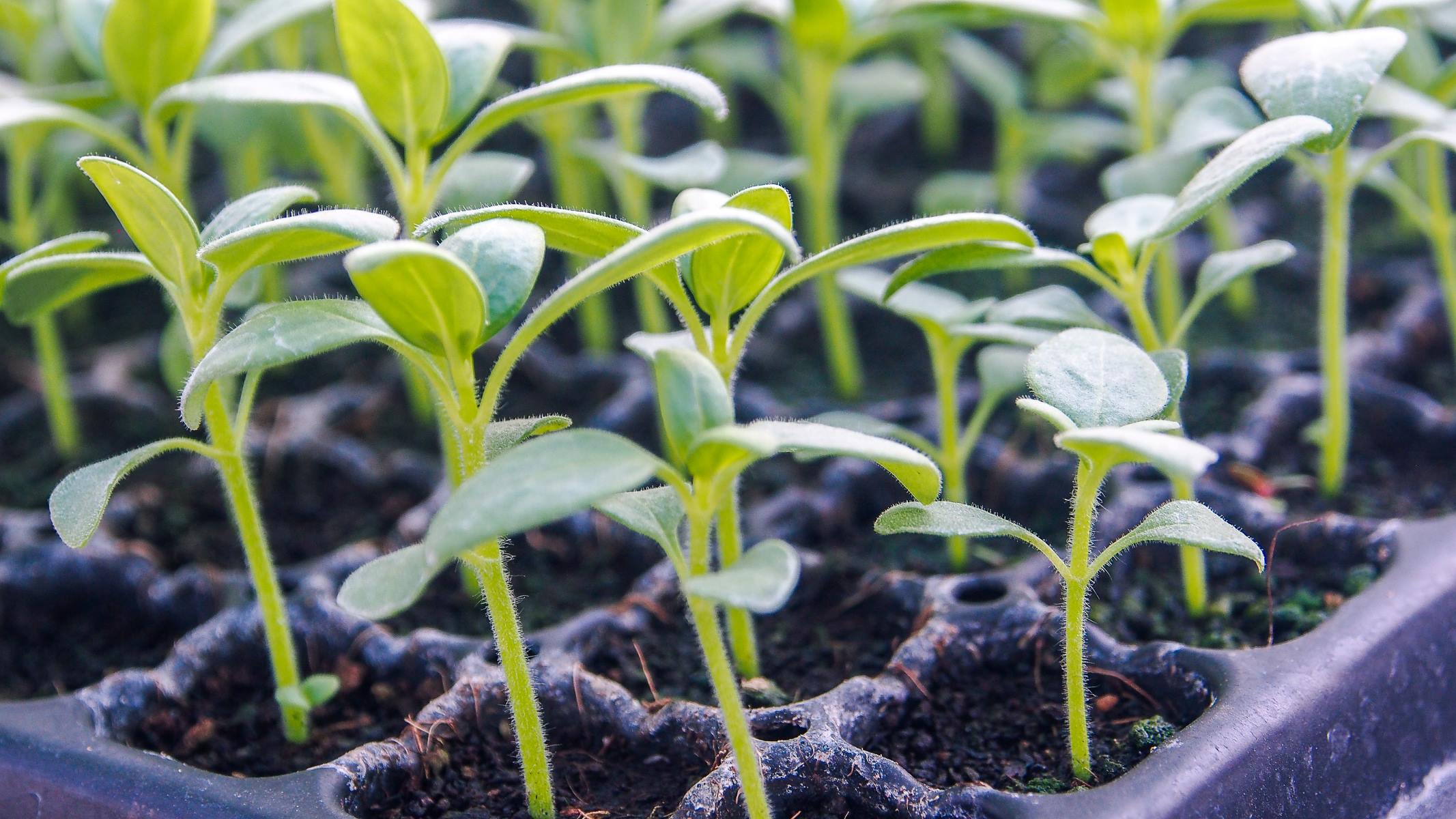
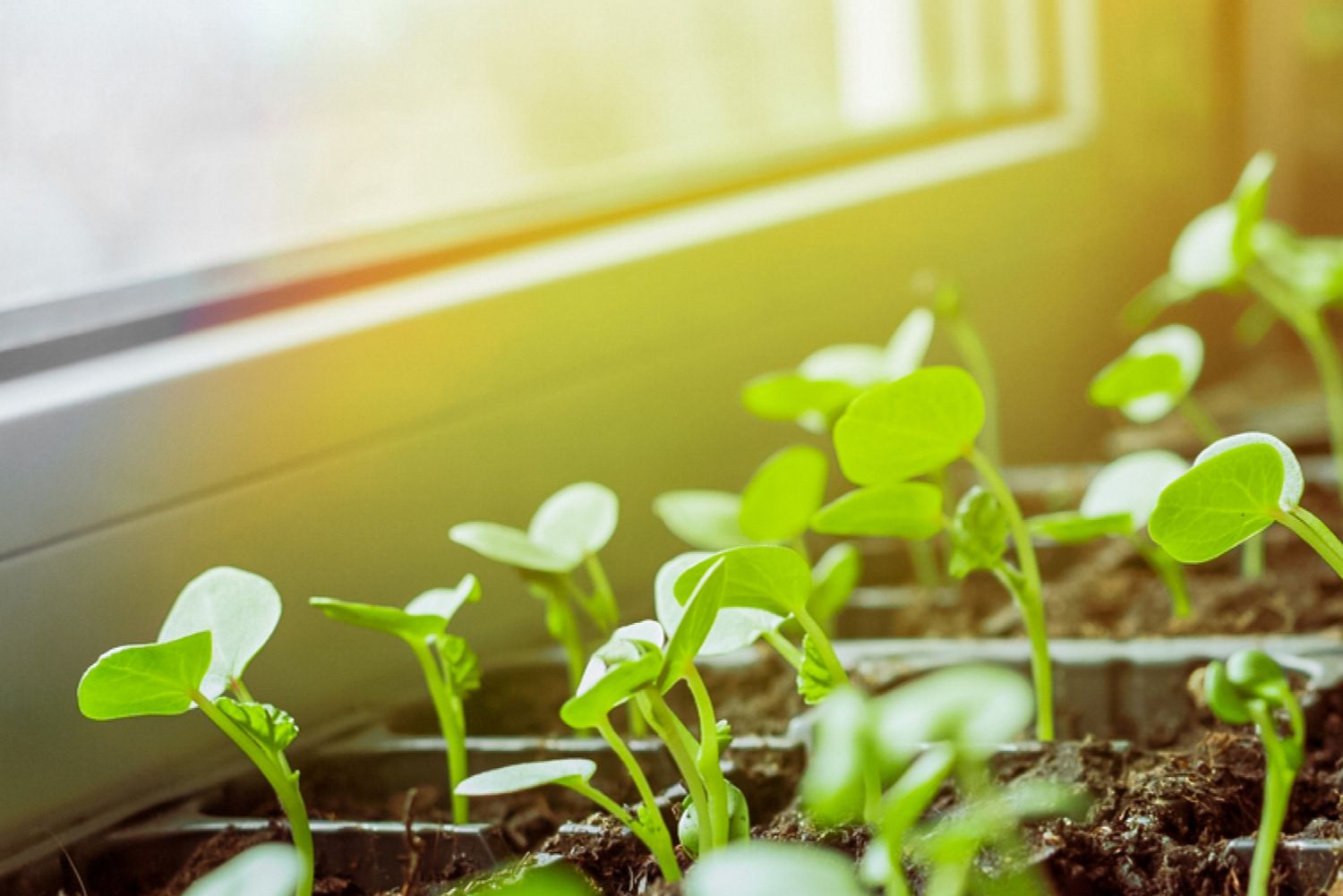
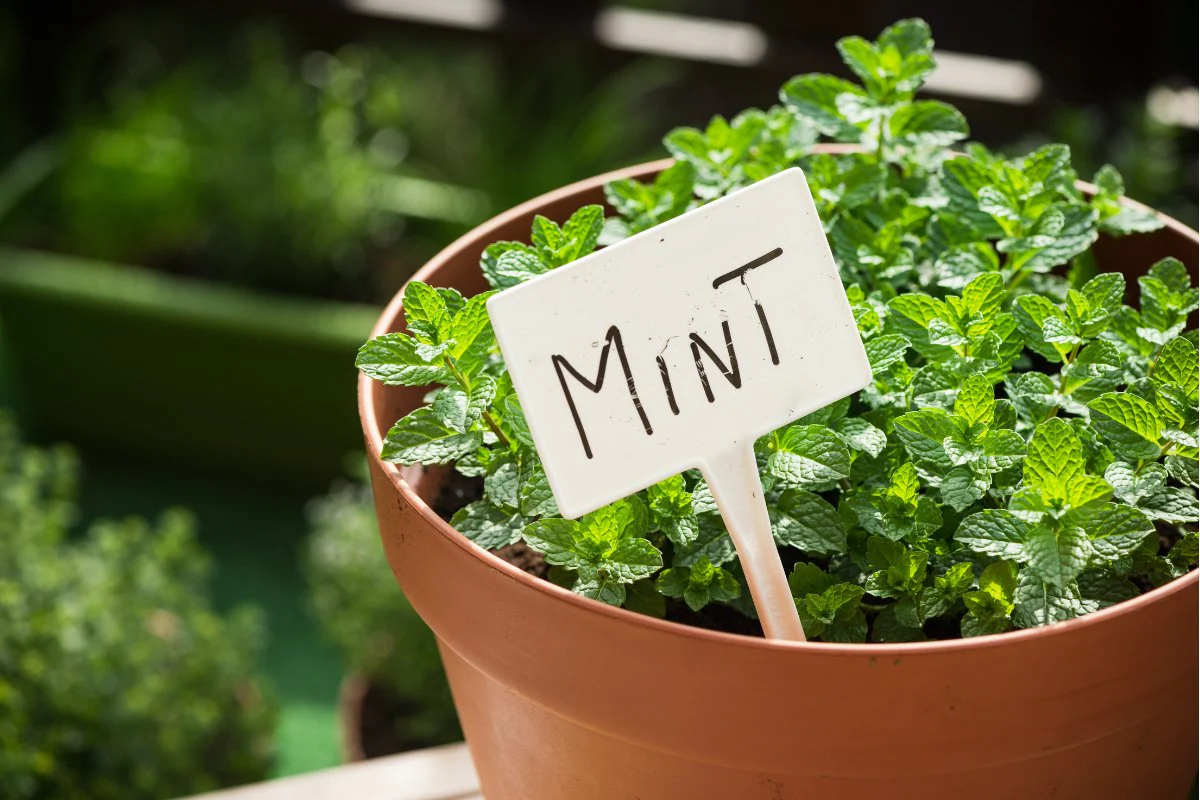
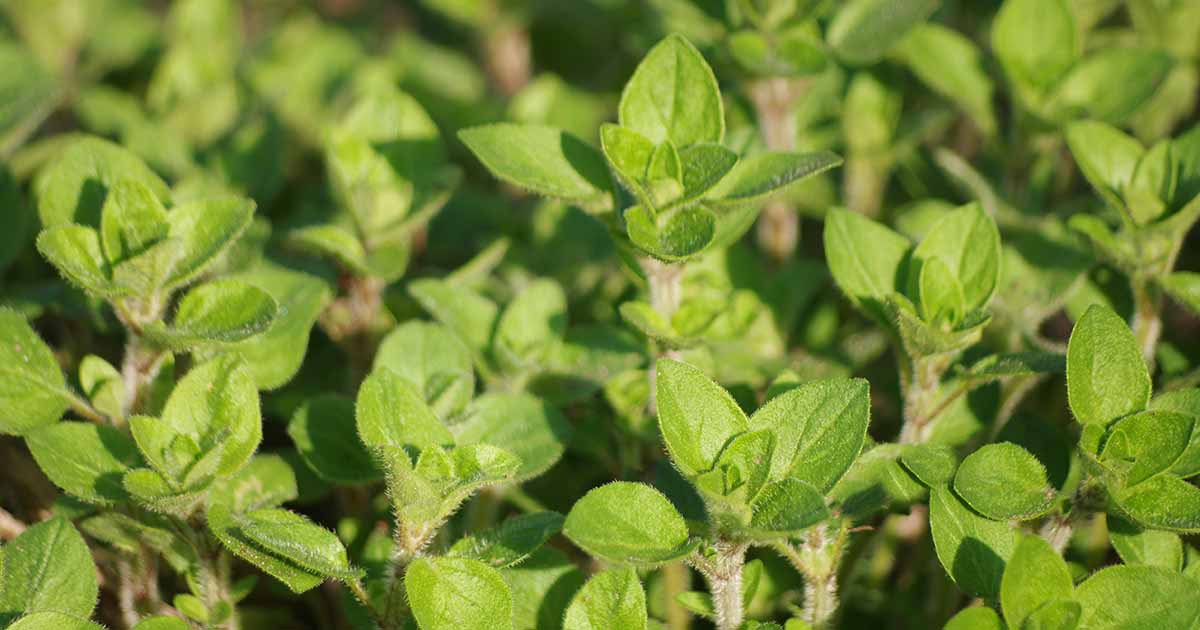
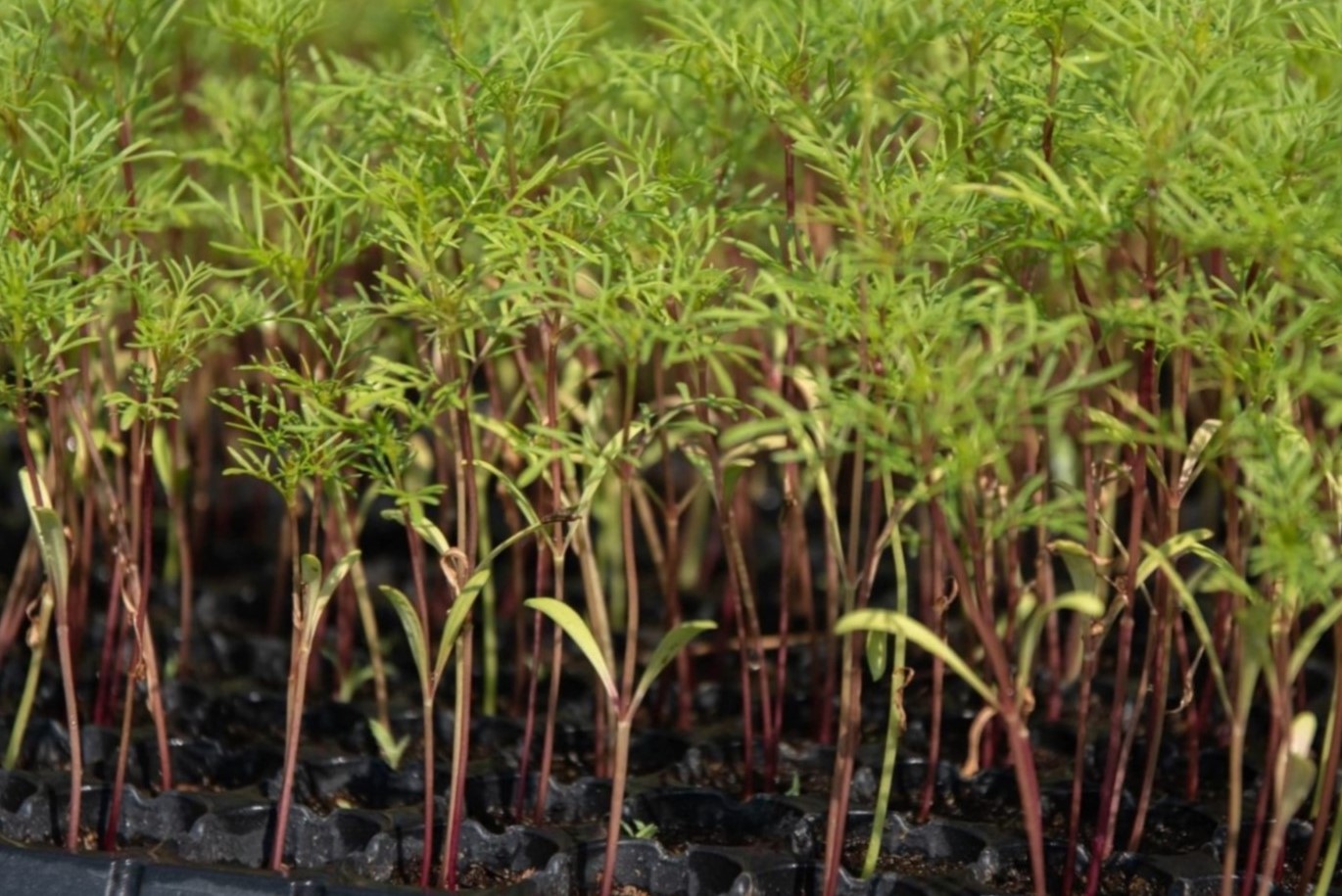
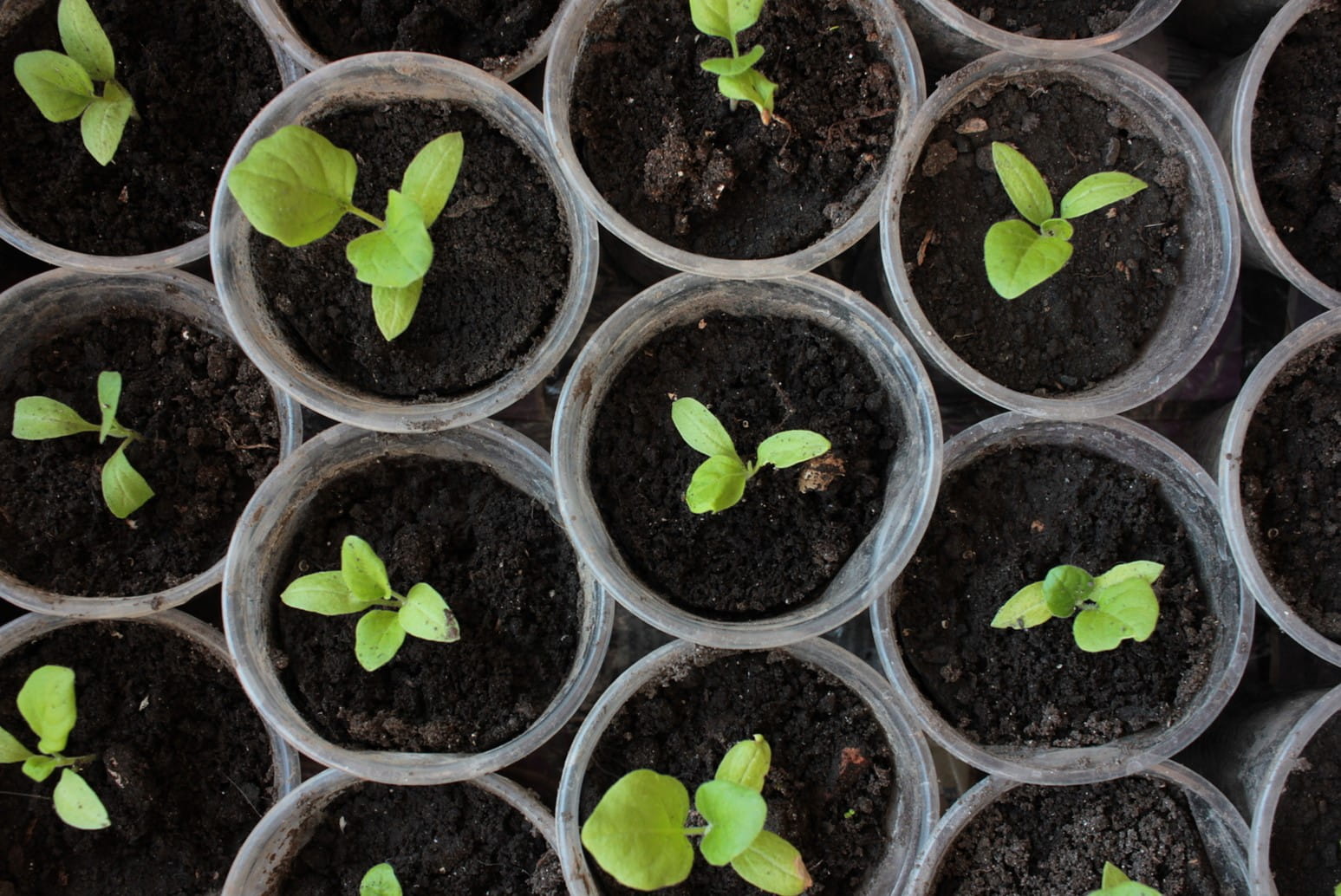
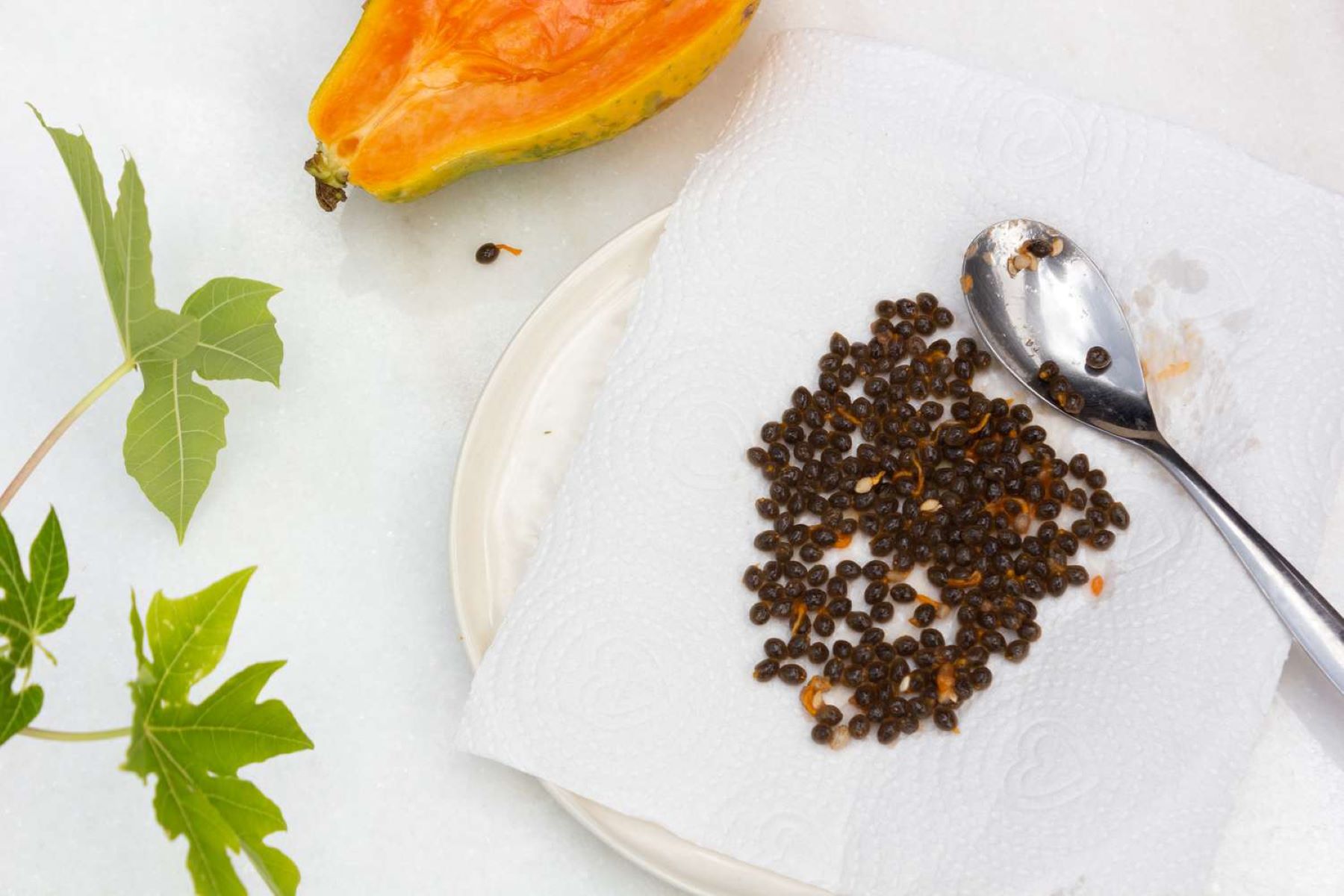
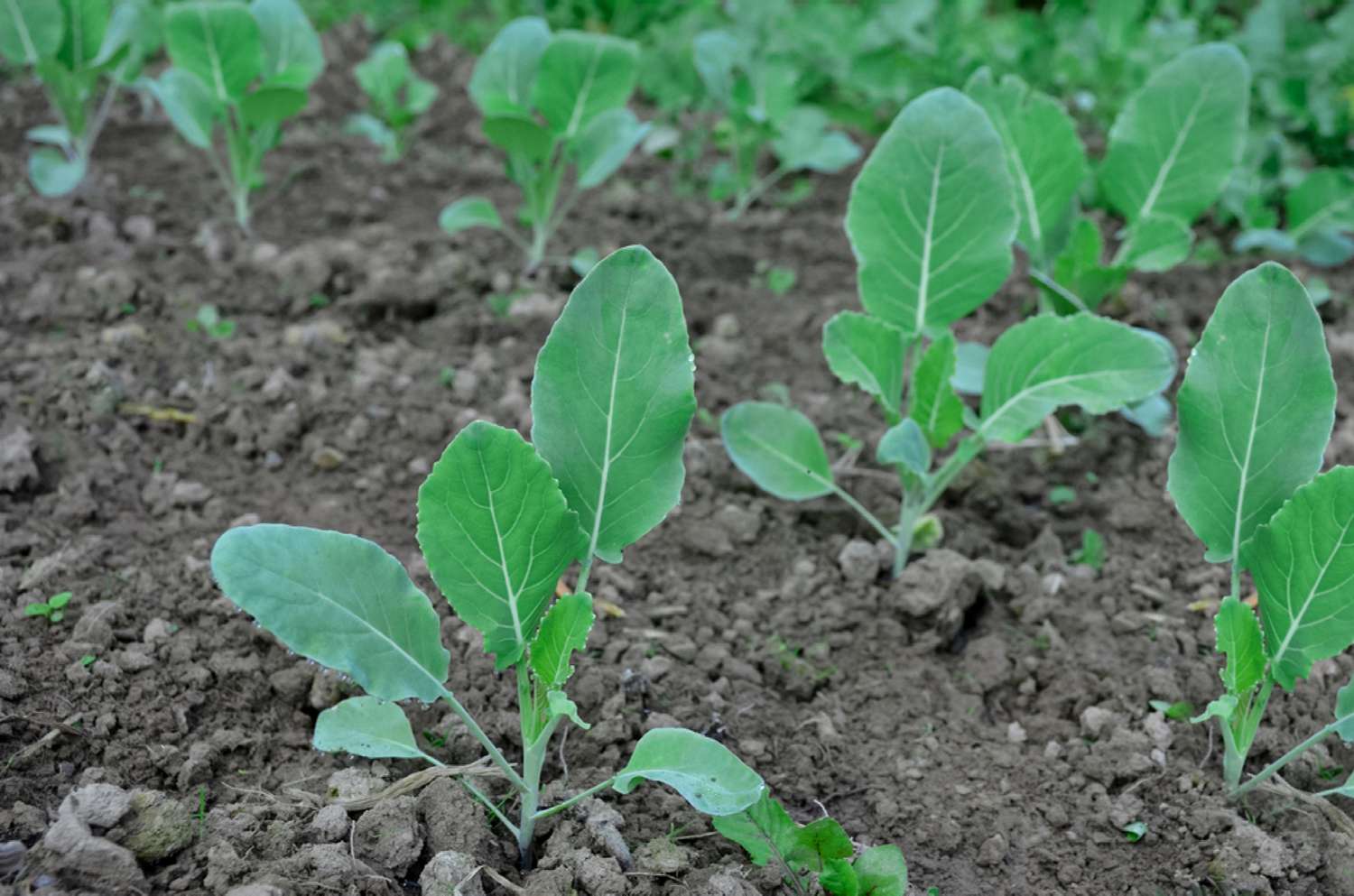
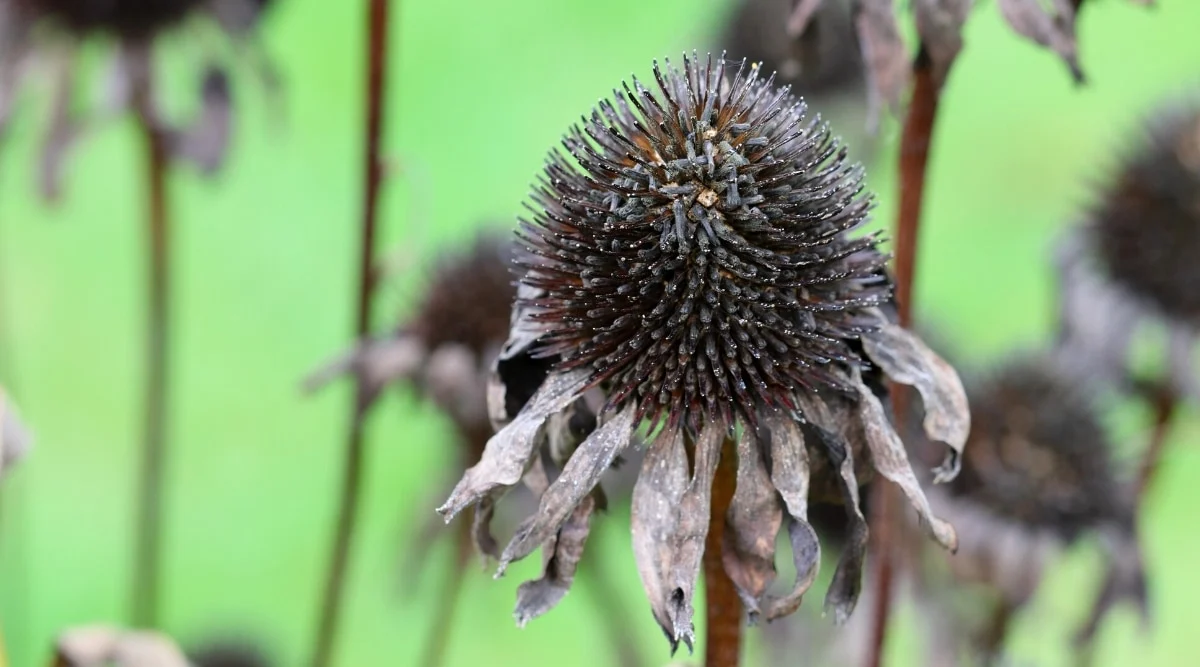

0 thoughts on “How Deep Do You Plant Lavender Seeds”